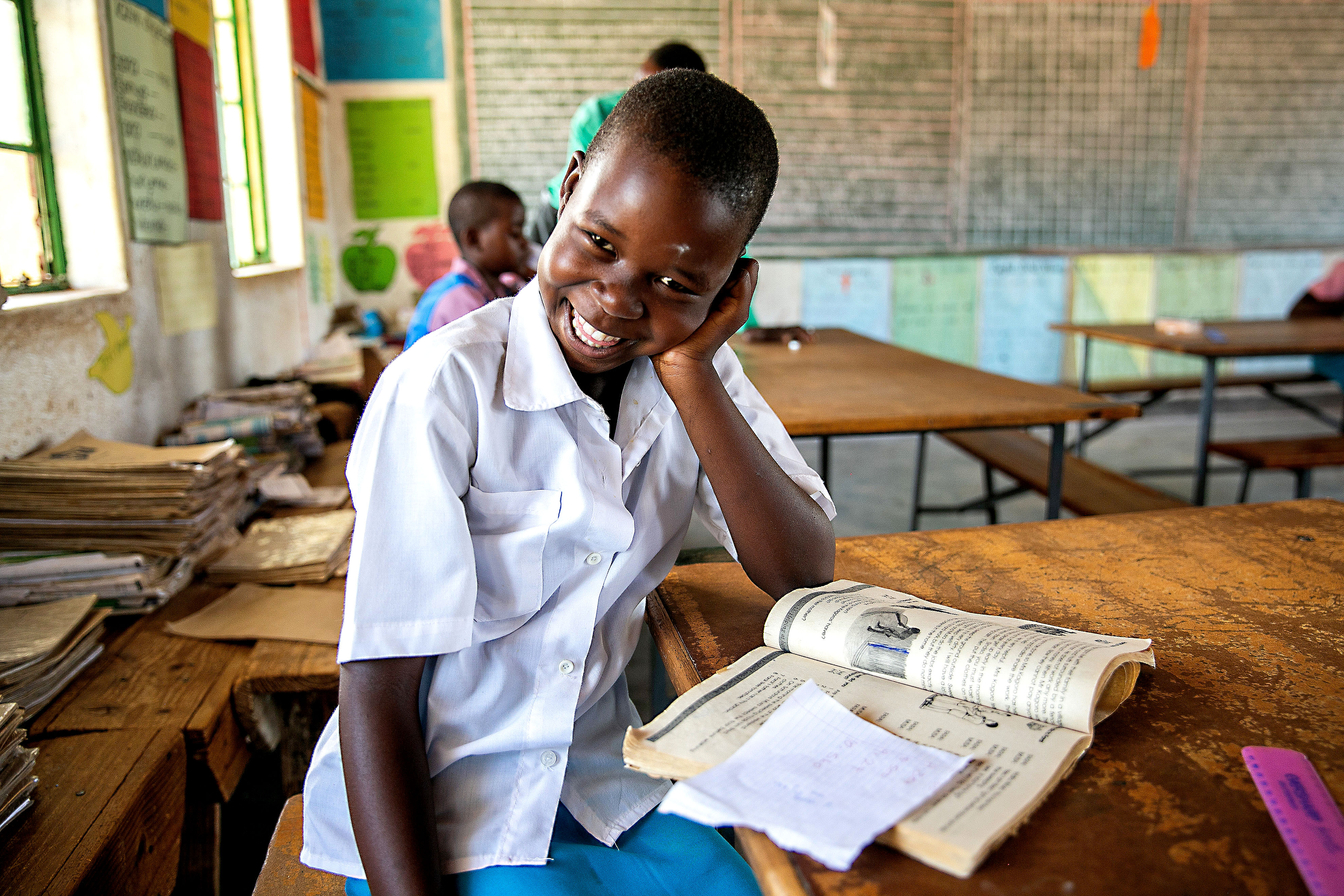Education and Life Skills
 What we want to do:
What we want to do:
We want to see all children in Zimbabwe have the opportunity to receive a quality education. We are working towards this by:
- Increasing children’s access to formal and non-formal education opportunities
- Ensuring children who attend school and are learning
- Increasing the amount of engagement of parents, guardians, communities and volunteers in children’s education
What is the problem?
- Limited access to quality education due to financial constraints
- Long distances to schools
- Harmful cultural and religious beliefs
- Inadequate infrastructure and personnel
- Shortage of learning materials especially in marginalised areas
How is World Vision addressing these issues?
In partnership with communities and collaborating with the Ministry of Primary and Secondary Education, we are educating parents about the importance of education and equipping them to participate in their children’s education through literacy-based activities. We are also making school more accessible for children, especially girls, who live long distances from school buildings through the provision of bicycles. Finally, we are working with schools to increase/improve/update their infrastructure to accommodate additional students through the building of additional classrooms, the construction of housing for teachers in rural areas (where it can be hard to keep qualified teachers) and the construction of sanitary and hygiene facilities, especially focused on the needs of girls and children with disabilities.
Is what World Vision doing working?
The protracted macro-economic situation in Zimbabwe has rendered many children more vulnerable. Children at most risk include those in abusive and exploitative relationships; in disaster-prone areas and children living with disabilities. The COVID-19 pandemic resulted in school closures which left more than 4 million learners without formal education for more than six months during the year. World Vision Zimbabwe reached close to 1.4 million learners (including close to 1 million girls) with various interventions and innovations aimed at providing opportunities for learning. This included the use of mobile platforms where information was sent to teachers and learners. These initiatives were done in partnership with organisations such as ProFuturo Spain and Viamo.